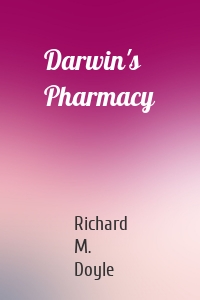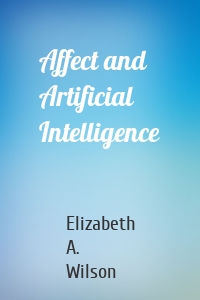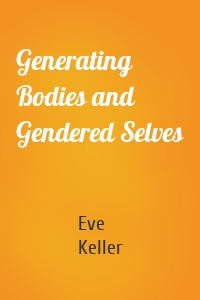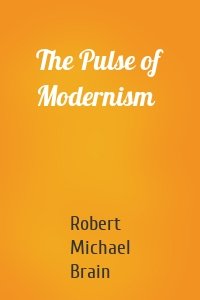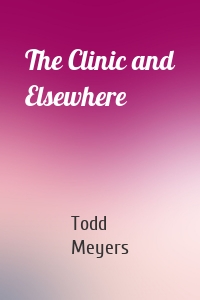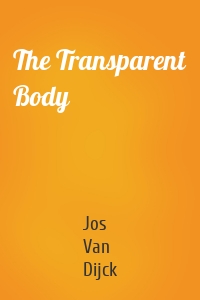Серия "In Vivo: The Cultural Mediations of Biomedical Science"
11 кн.Скачать лучшие книги серии In Vivo: The Cultural Mediations of Biomedical Science - автор Robert E. Mitchell в формате fb2 или читать онлайн, бесплатно и без регистрации. Читаемые, полные версии книг, без сокращений - на сайте Knigism.online. Скачать книги полностью в количестве 11 шт.
The Emergence of Genetic Rationalit...
The emergence of genetic science has profoundly shaped how we think about biology. Indeed, it is difficult now to consider nearly any facet of human experience without first considering the gene. But this mode of understanding life is not, of course, transhistorical. Phillip Thurtle takes us back to the moment just before the emergence of genetic rationality at the turn of the twentieth century to explicate the technological, economic, cultural, and even narrative transformations necessary to...
| Автор | Phillip Thurtle |
Darwin's Pharmacy
Are humans unwitting partners in evolution with psychedelic plants? Darwin�s Pharmacy shows they are by weaving the evolutionary theory of sexual selection and the study of rhetoric together with the science and literature of psychedelic drugs. Long suppressed as components of the human tool kit, psychedelic plants can be usefully modeled as �eloquence adjuncts� that intensify a crucial component of sexual selection in humans: discourse.Psychedelic plants seduce...
| Автор | Richard M. Doyle |
Life as Surplus
Focusing on the period between the 1970s and the present, Life as Surplus is a pointed and important study of the relationship between politics, economics, science, and cultural values in the United States today. Melinda Cooper demonstrates that the history of biotechnology cannot be understood without taking into account the simultaneous rise of neoliberalism as a political force and an economic policy. From the development of recombinant DNA technology in the 1970s to the second Bush...
| Автор | Melinda E. Cooper |
Bits of Life
Since World War II, the biological and technological have been fusing and merging in new ways, resulting in the loss of a clear distinction between the two. This entanglement of biology with technology isn't new, but the pervasiveness of that integration is staggering, as is the speed at which the two have been merging in recent decades. As this process permeates more of everyday life, the urgent necessity arises to rethink both biology and technology. Indeed, the human body can no longer...
| Автор | Группа авторов |
HIV Interventions
Winner of the Sociology of Health and Illness Book PrizeHIV has changed in the presence of recent biomedical technologies. In particular, the development of anti-retroviral therapies (ARVs) for the treatment of HIV was a significant landmark in the history of the disease. Treatment with ARV drug regimens, which began in 1996, has enabled many thousands to live with the human immunodeficiency virus without progressing to AIDS. Yet ARVs have also been fraught with problems of regimen compliance,...
| Автор | Marsha Rosengarten |
Affect and Artificial Intelligence
In 1950, Alan Turing, the British mathematician, cryptographer, and computer pioneer, looked to the future: now that the conceptual and technical parameters for electronic brains had been established, what kind of intelligence could be built? Should machine intelligence mimic the abstract thinking of a chess player or should it be more like the developing mind of a child? Should an intelligent agent only think, or should it also learn, feel, and grow?Affect and Artificial Intelligence is the...
| Автор | Elizabeth A. Wilson |
Generating Bodies and Gendered Selv...
Generating Bodies and Gendered Selves examines the textured interrelations between medical writing about generation and childbirth – what we now call reproduction – and emerging notions of selfhood in early modern England. At a time when medical texts first appeared in English in large numbers and the first signs of modern medicine were emerging both in theory and in practice, medical discourse of the body was richly interwoven with cultural concerns.Through close readings of a wide range of...
| Автор | Eve Keller |
The Pulse of Modernism
Robert Brain traces the origins of artistic modernism to specific technologies of perception developed in late-nineteenth-century laboratories. Brain argues that the thriving fin-de-siècle field of “physiological aesthetics,” which sought physiological explanations for the capacity to appreciate beauty and art, changed the way poets, artists, and musicians worked and brought a dramatic transformation to the idea of art itself.
| Автор | Robert Michael Brain |
The Clinic and Elsewhere
Despite increasingly nuanced understandings of the neurobiology of addiction and a greater appreciation of the social and economic conditions that allow drug dependency to persist, there remain many unknowns regarding the individual experience of substance abuse and its treatment. In recent years, novel pharmaceutical therapies have given rise to both new hopes for recovery and renewed fears about drug diversion and abuse. In The Clinic and Elsewhere , Todd Meyers looks at the problems of...
| Автор | Todd Meyers |
The Transparent Body
From the potent properties of X rays evoked in Thomas Mann's Magic Mountain to the miniaturized surgical team of the classic science fiction film Fantastic Voyage, the possibility of peering into the inner reaches of the body has engaged the twentieth-century popular and scientific imagination. Drawing on examples that are international in scope, The Transparent Body examines the dissemination of medical images to a popular audience, advancing the argument that medical imaging technologies...
| Автор | José Van Dijck |




